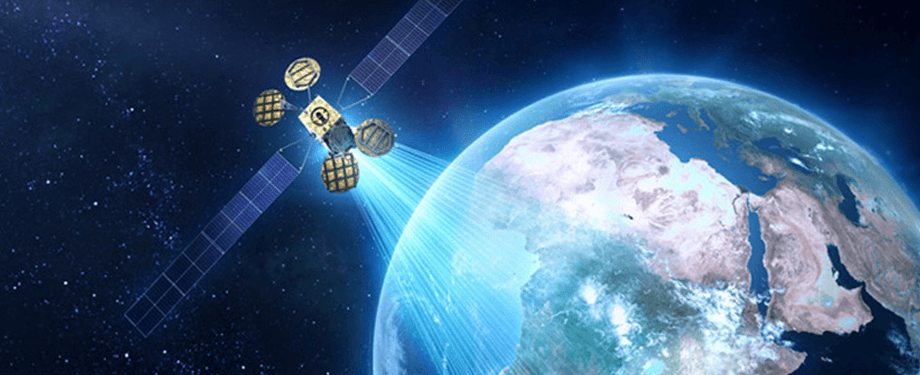Satellites are increasingly being used to provide highly-reliable broadband internet connectivity beyond major cities and in geographically remote regions of the African continent, and the trend is set to grow as coverage expands to more countries and costs decrease.
While a lot of attention is paid to the spread of Fibre and LTE infrastructure, these are limited to cities and surrounding urban areas, with rural areas unlikely to benefit from these technologies for years to come; and satellite connectivity will often be the only option available. It is also ideal in areas where existing connectivity is too slow, or have long install lead times.
In South Africa, a sizable number of the country’s commercial farmers and game lodges already make use of satellite services for connectivity. Not only does it give them a voice service to communicate with the outside world, but its reliability means that it also plays a vital role in ensuring their security.
Apart from providing highly reliable connectivity for security services, satellites are increasingly being used for telemetry, which enables the remote monitoring and operation of devices. It is favoured by the telecommunications industry in areas of high copper cable theft, while the maritime industry uses satellites to track ships across oceans.
New satellites a game changer
Ka-Band satellites offer a significant price reduction when compared to alternatives such as Ku- L- and C-Band, and allow the service to better compete with other means of connectivity. Coverage provided by Ka-Band satellites is determined by the positioning of spotted beams, of which six are directed at South Africa.
Many customers are on a 15Mpbs service, with data costs per gigabyte that are lower than those charged by local cellular networks; new satellites to be launched will see throughputs increased to up to 100Mbps and even higher. Couple this with quick installation times and on-premise equipment can be installed in a single day – and it’s not difficult to see why satellite connectivity is gaining in popularity.
Operators have realised the market potential offered in connecting the majority of Africans to the internet, and are moving to take advantage – the Y1B satellite that we use for our service currently covers seven African countries, and soon additional satellites will expand services to a further 10 countries, bringing 70% of the continent within Ka band satellite coverage.
Still room for growth
Locally, thousands of rural schools are not yet connected; satellites are not only able to bring internet to students and teachers, but also offer WiFi services to the broader community.
Another growth area going forward will be in the aviation industry. There is a growing demand from passengers for onboard WiFi during flights, as well as increasing interest in tracking aircraft, and the only way to provide this is through satellite connectivity. In the near future, almost every commercial aircraft will be connected. We also continue to see users moving away from the more expensive forms of satellite connectivity toward Ka-Band services.
One of the shortcomings of the Ka-Band service is that we do not yet have a landing station in South Africa; and data traffic is routed through Europe. However, we see this changing as satellite usage grows.
Satellites are by no means expected to replace fixed-line – fibre or ADSL – or LTE connectivity; these should be used whenever possible to ensure the best throughputs and experience. They’re also the better option if you use a virtual private network (VPN), applications or games that are sensitive to latency, or are a heavy downloader.
However, satellite connectivity is here to stay, and will play a major role in servicing individuals and businesses beyond the cities, and well as in a growing number of niche areas, in the years to come.












